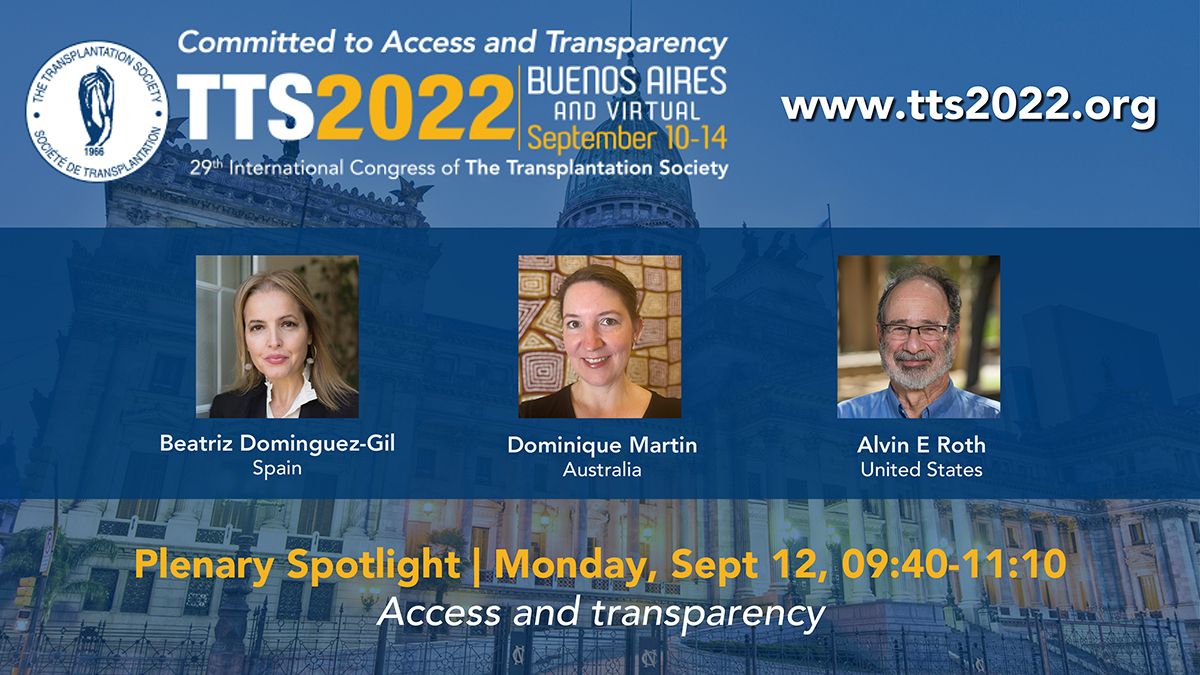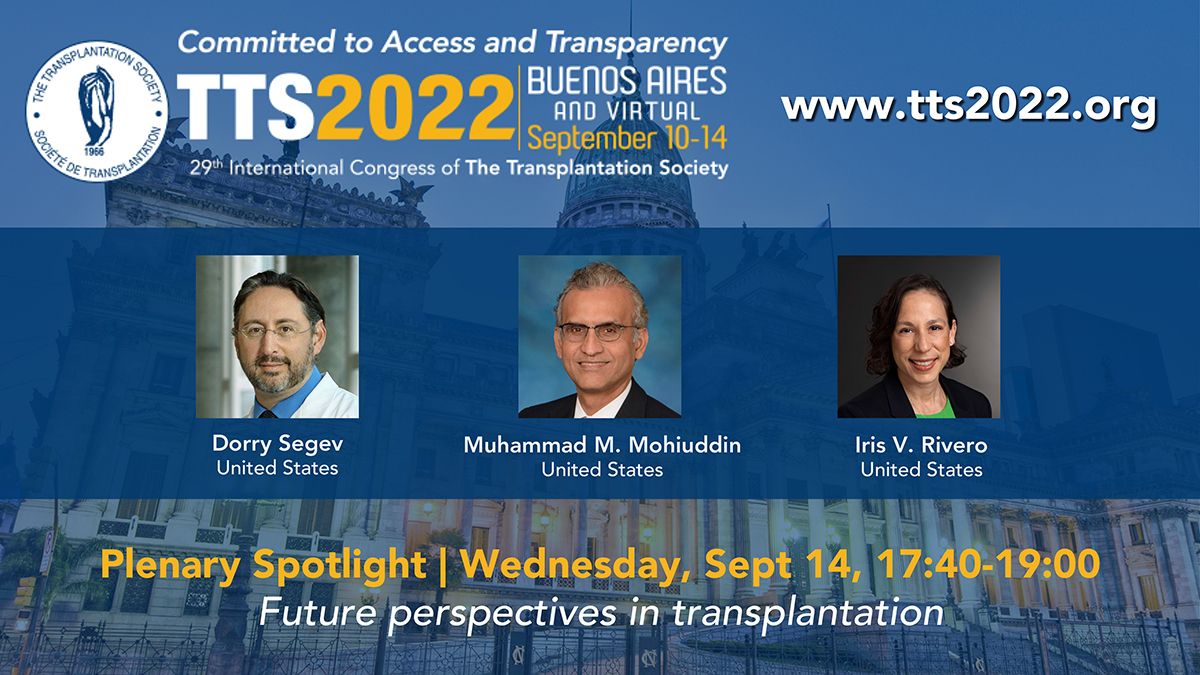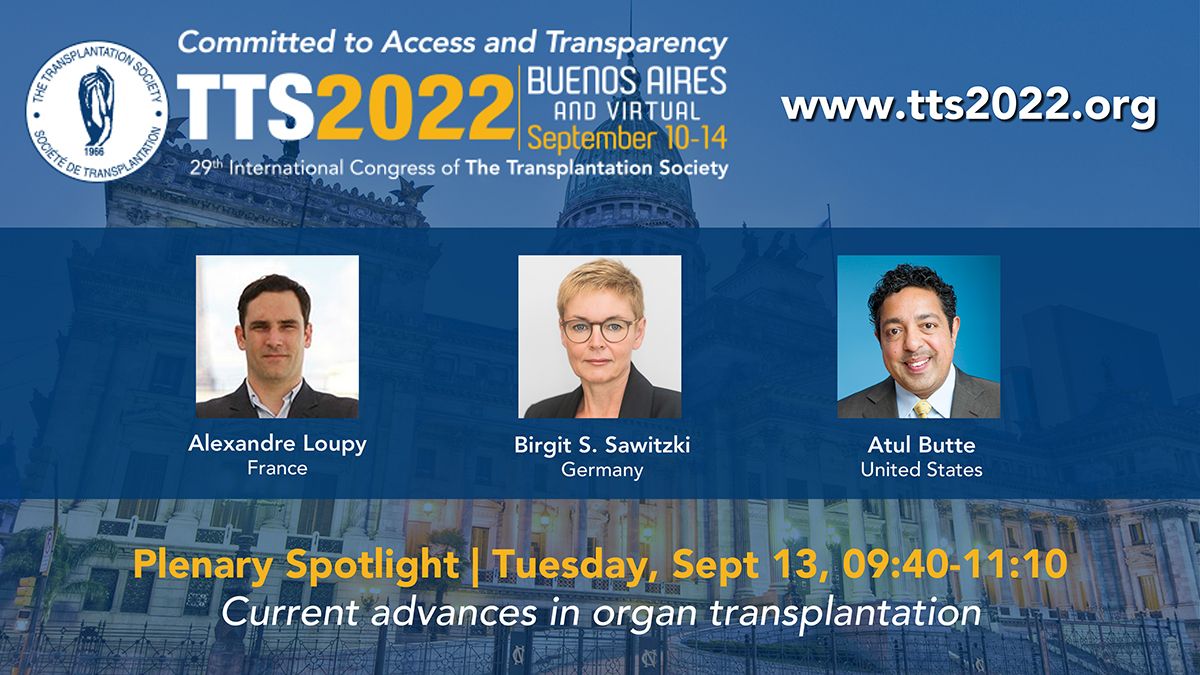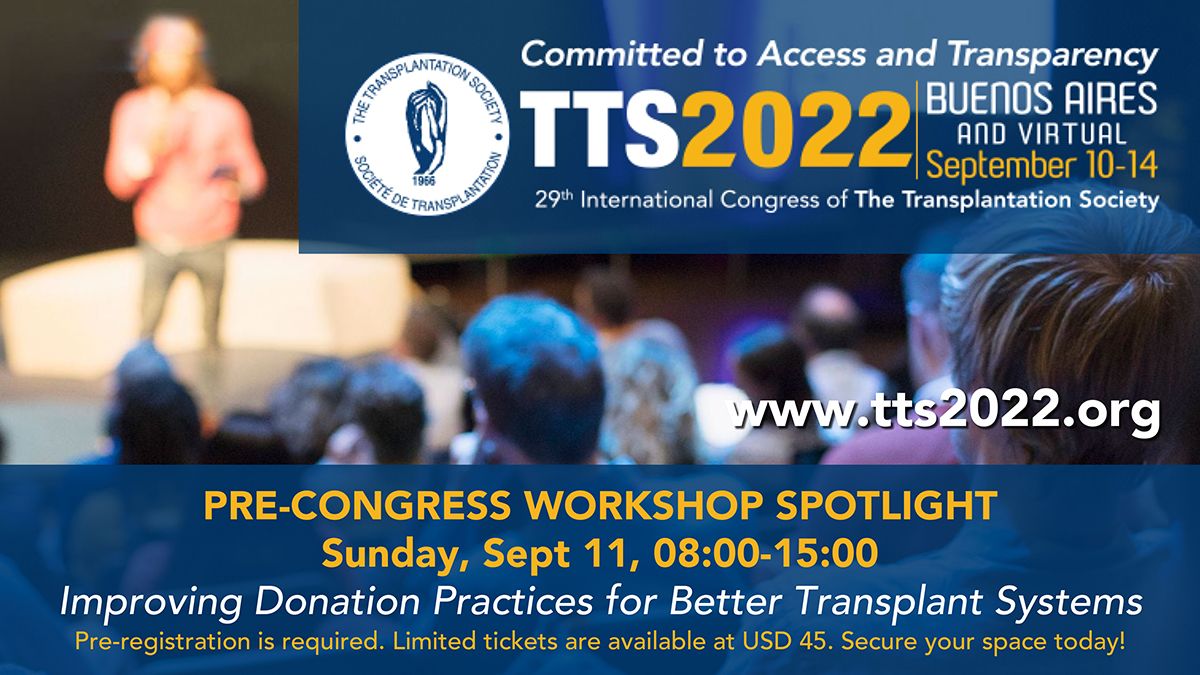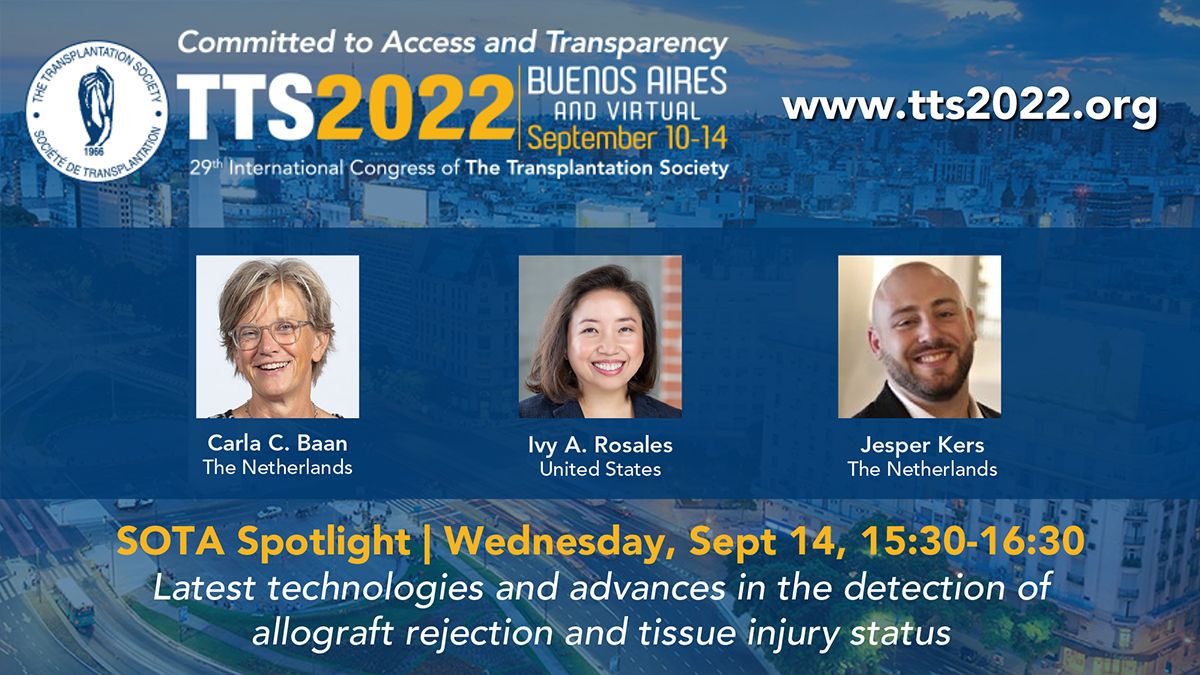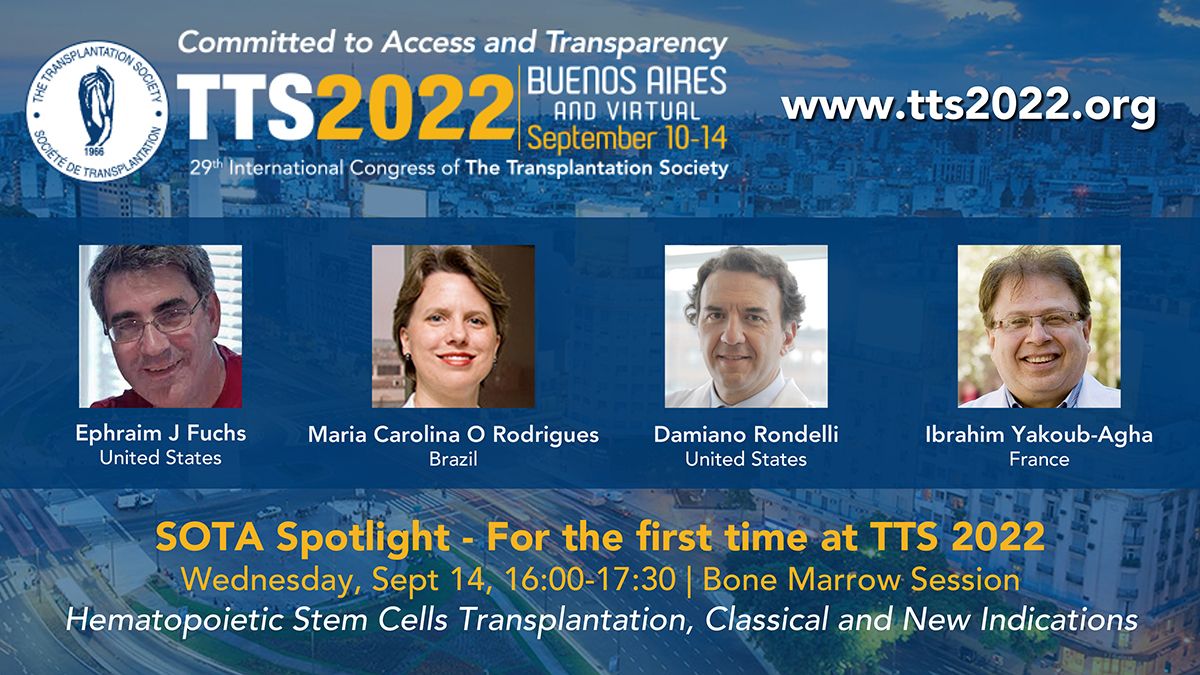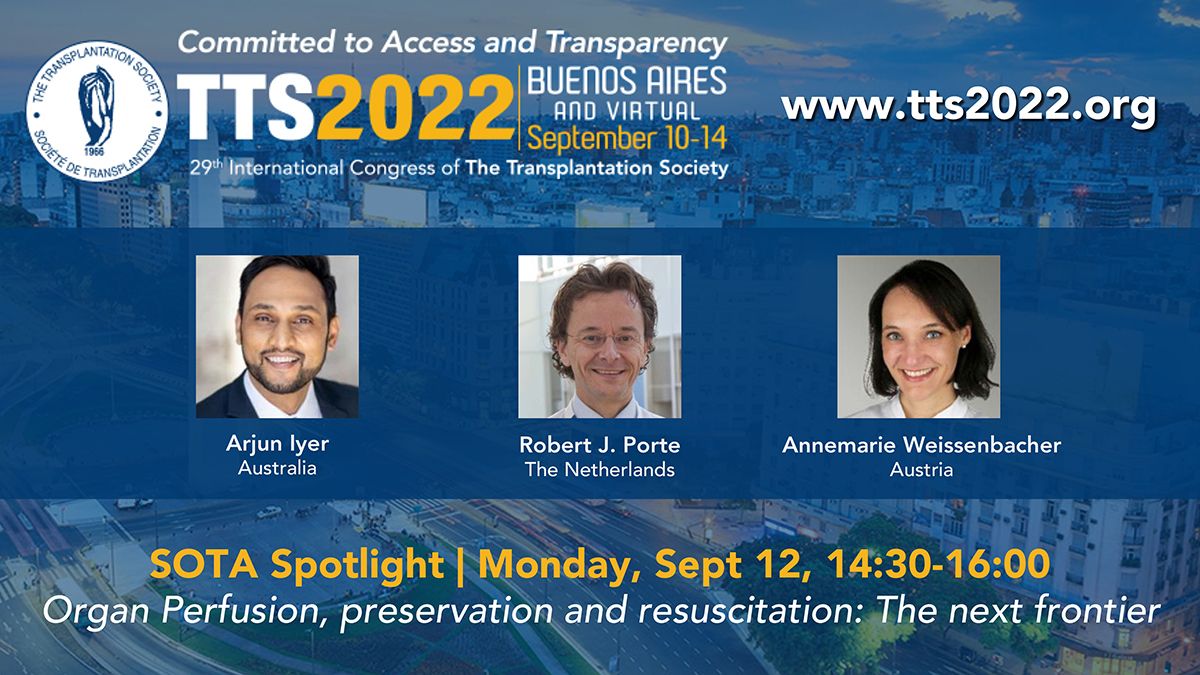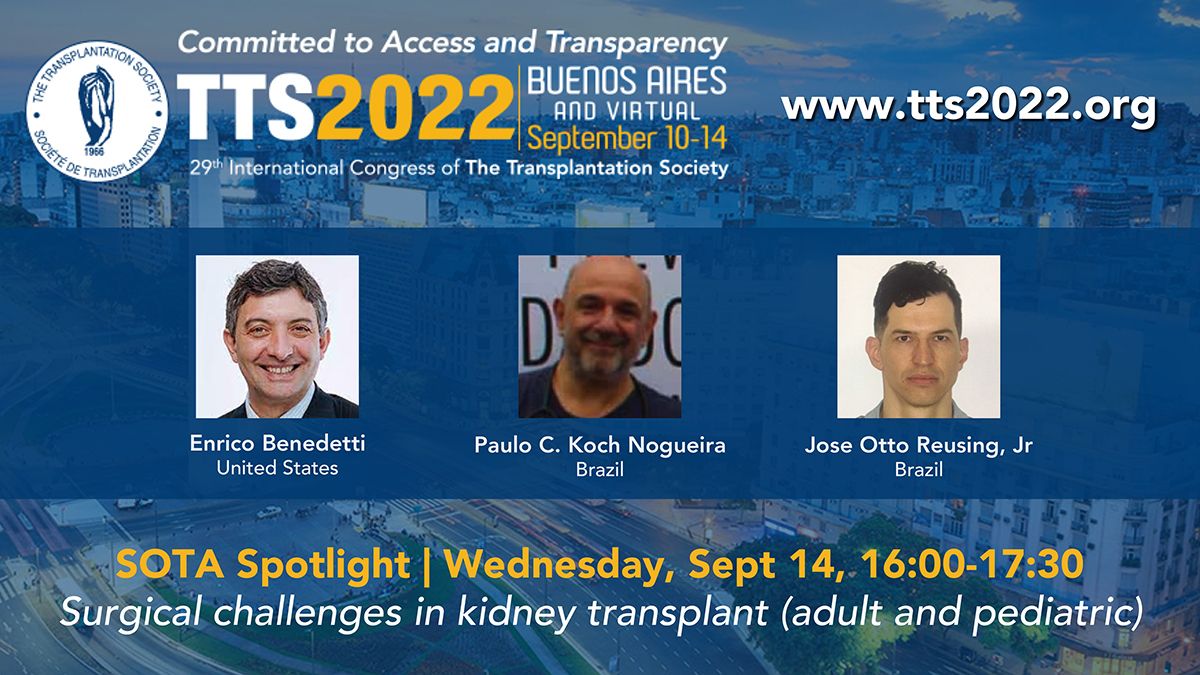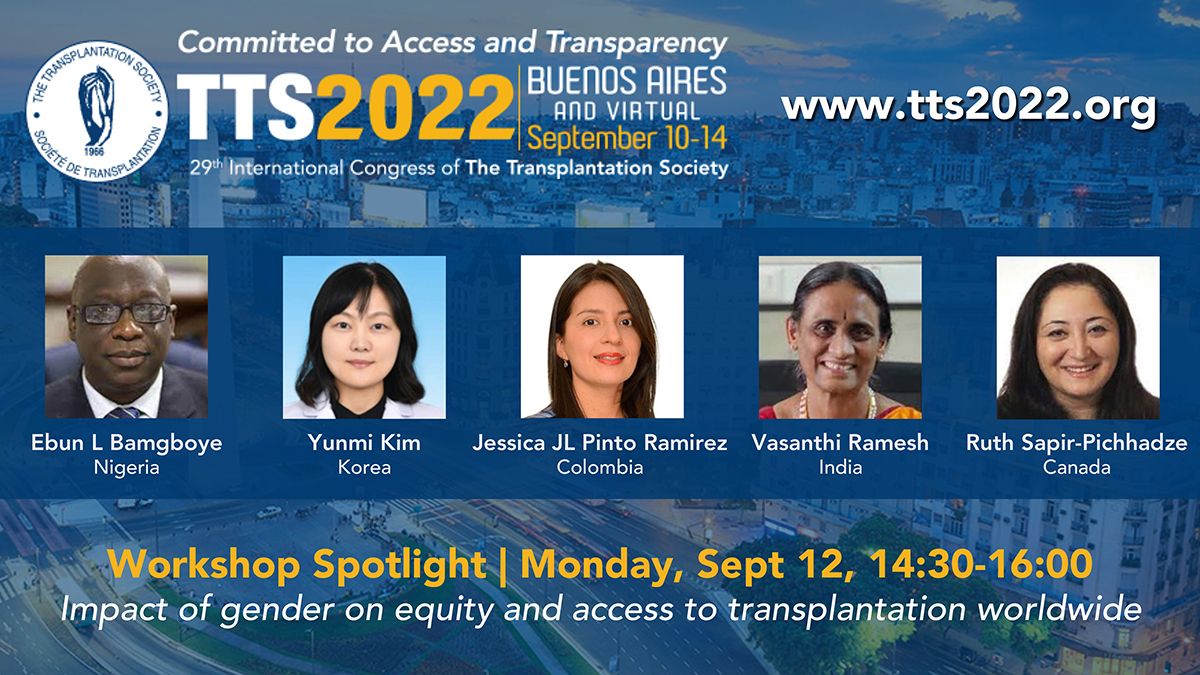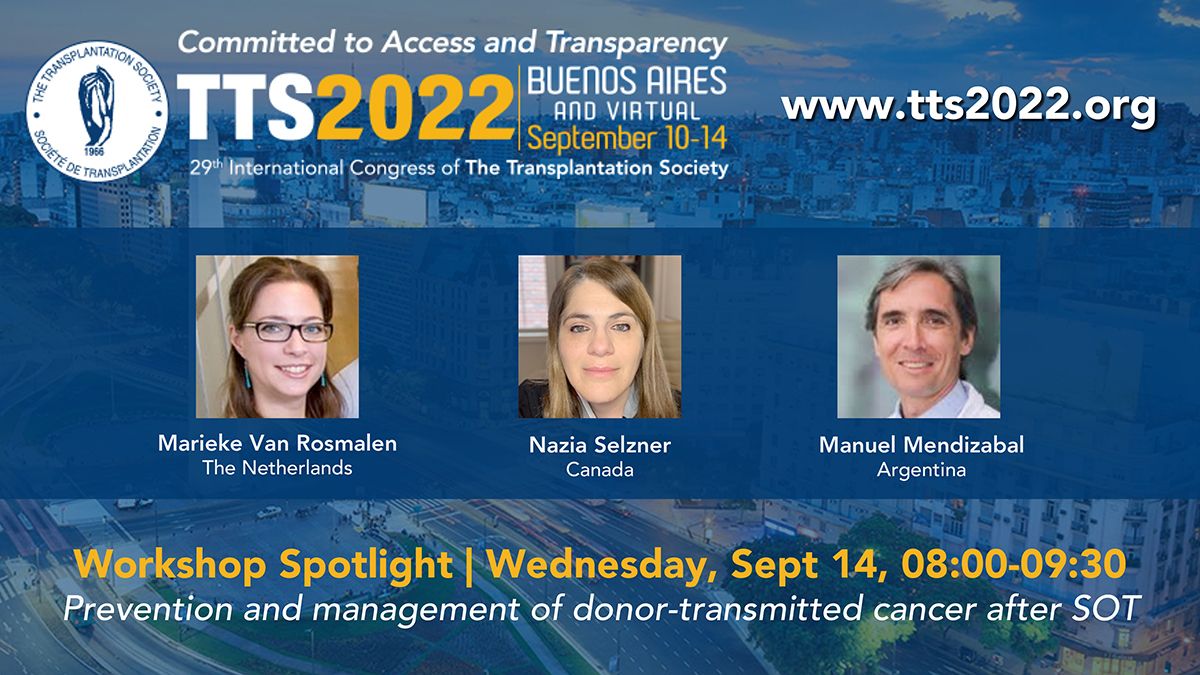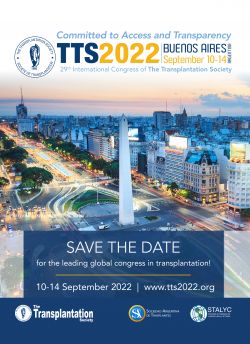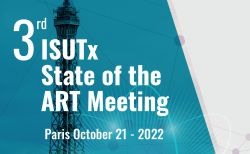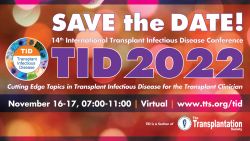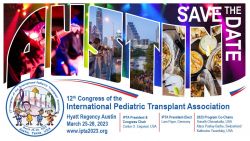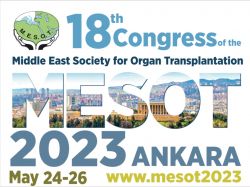
2022 MEDAWAR PRIZE WINNERS REVEALED!

Transplantation Updates

Transplantation - Week's Most Downloaded Paper
KDIGO Clinical Practice Guideline on the Evaluation and Management of Candidates for Kidney Transplantation
The 2020 Kidney Disease: Improving Global Outcomes (KDIGO) Clinical Practice Guideline on the Evaluation and Management of Candidates for Kidney Transplantation is intended to assist health care professionals worldwide who evaluate and manage potential candidates for deceased or living donor kidney transplantation. This guideline addresses general candidacy issues such as access to transplantation, patient demographic and health status factors, and immunological and psychosocial assessment.Transplantation Direct - Week's Most Downloaded Paper
Liver Transplantation for Metastases From Solid Pseudopapillary Tumor of the Pancreas: A Case Report and Review of Literature
Organ stiffening can be caused by inflammation and fibrosis, processes that are common causes of transplant kidney dysfunction. Magnetic resonance elastography (MRE) is a contrast-free, noninvasive imaging modality that measures kidney stiffness. The objective of this study was to assess the ability of MRE to serve as a prognostic factor for renal outcomes.Hot Off the Press - KIDNEY TRANSPLANT
Just Released - IXA Newsetter - July 2022
TTS Needs Assessment Survey
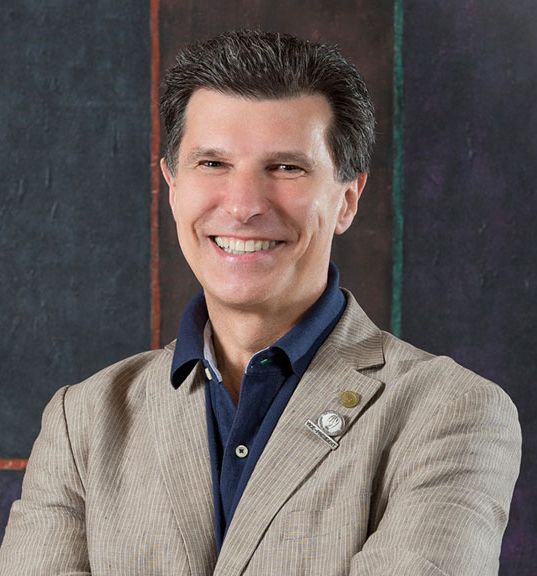
TTS President
The slogan we adopted for the TTS 2022 Congress is "Committed to Access and Transparency" and as a lead-up to the Congress we have launched a new needs assessment survey which will aid TTS in developing new programs, educational material and strategies to better improve access and transparency in the field of transplantation. As a non-governmental organization in official relations with the World Health Organization (WHO) the information collected will feed into the work TTS is doing as part of our WHO collaboration.
Your support, by completing this survey, will contribute to the success of this initiative. Your answers will be kept confidential and anonymous.
Contact
Address
The Transplantation Society
International Headquarters
740 Notre-Dame Ouest
Suite 1245
Montréal, QC, H3C 3X6
Canada
Используйте Вавада казино для игры с бонусом — активируйте промокод и начните выигрывать уже сегодня!


